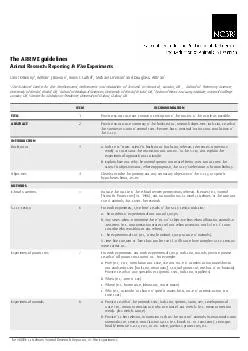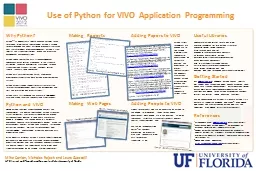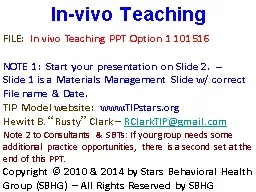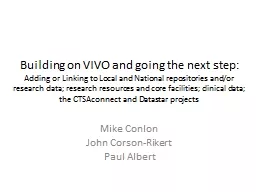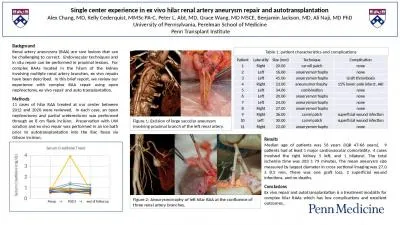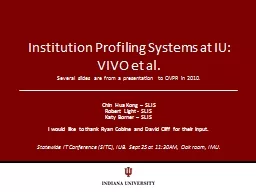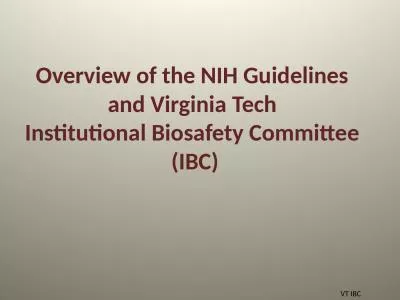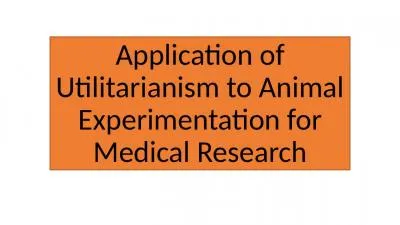PDF-The ARRIVE guidelines Animal Research Reporting In Vivo Experiments The ARRIVE g
Author : lois-ondreau | Published Date : 2014-10-03
ABSTRACT 2 Provide an accurate summary of the background research objectives including details of the species or strain of animal used key me thods principal findings
Presentation Embed Code
Download Presentation
Download Presentation The PPT/PDF document "The ARRIVE guidelines Animal Research Re..." is the property of its rightful owner. Permission is granted to download and print the materials on this website for personal, non-commercial use only, and to display it on your personal computer provided you do not modify the materials and that you retain all copyright notices contained in the materials. By downloading content from our website, you accept the terms of this agreement.
The ARRIVE guidelines Animal Research Reporting In Vivo Experiments The ARRIVE g: Transcript
Download Rules Of Document
"The ARRIVE guidelines Animal Research Reporting In Vivo Experiments The ARRIVE g"The content belongs to its owner. You may download and print it for personal use, without modification, and keep all copyright notices. By downloading, you agree to these terms.
Related Documents

